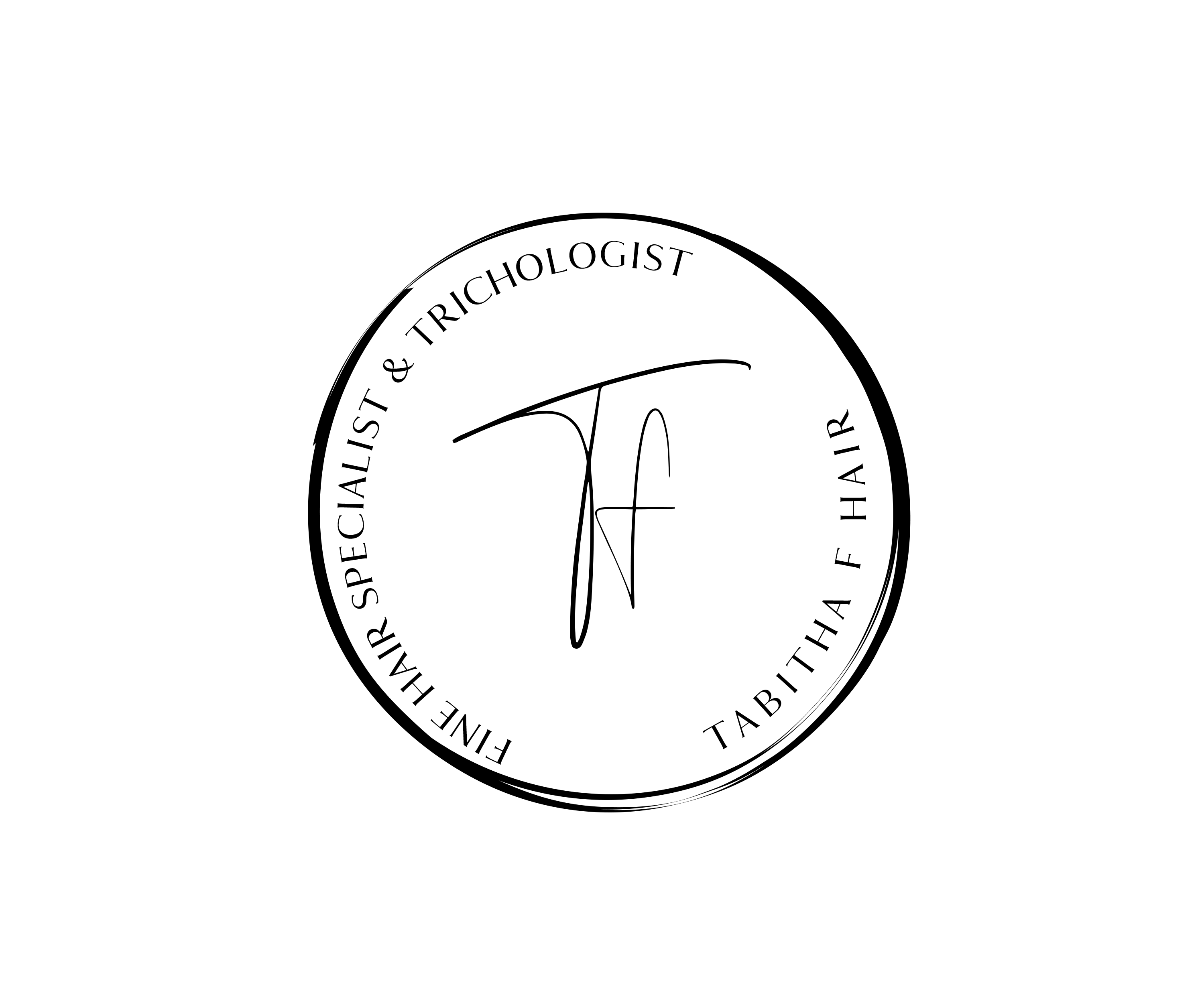The Genetic Hair loss bridge.
- Tabitha Fredrichs

- Nov 11, 2023
- 2 min read

Genetic hair loss, often referred to as androgenetic alopecia, is a common concern that affects many people around the world. This type of hair loss is influenced by genetic factors and hormonal changes. To better understand genetic hair loss, let's explore it through a simple analogy:
The Weakening Bridge
Imagine your scalp as a big landscape with a network of rivers and streams. Each of these rivers represents a hair follicle, the foundation of your hair. Over time, these rivers sustain the flow of healthy hair.
Now, picture that these rivers are connected by bridges made of strong, durable materials. These bridges are your genetic makeup, the blueprint that determines the strength and longevity of your hair.
In the early stages of life, these bridges are strong and capable of supporting the flow of hair for a long time. You enjoy a lush landscape of hair, and you may take it for granted. However, deep within your genetic code lies a potential vulnerability that you've inherited from your ancestors.
As the years go by, the wear and tear on the bridges build up. Environmental factors, lifestyle choices, and hormonal changes can put stress on these structures. But it's the genetic blueprint that holds the key. If you've inherited a particular genetic variation, your bridges may weaken more rapidly than others.
In this analogy, the weakening of the bridges symbolizes the shrinking and thinning of hair follicles in genetic hair loss. The genetic blueprint dictates how your hair responds to the changes, and for some, it may result in a gradual breakdown of the bridges, causing the rivers to dry up.
Understanding Genetic Hair Loss
Genetic hair loss is not a one-size-fits-all scenario. Just as different landscapes have varying levels of weathering, individuals with genetic hair loss may experience hair thinning differently. It often follows a predictable pattern, such as receding hairlines in men and diffuse thinning in women, but the rate and extent can vary.
The key takeaway from this analogy is that your genetic blueprint plays a significant role in determining your response to hair loss. If you have a family history of hair loss, the chances of inheriting the same genetic factors are higher. However, it's important to remember that genetics are just one piece of the puzzle. Other factors, such as hormonal changes, age, and lifestyle choices, also contribute to the overall picture of genetic hair loss.
Seeking Solutions
Just as engineers can reinforce bridges to withstand environmental stress, there are strategies and treatments available to manage genetic hair loss. Trichologists and hair loss specialists can provide guidance on nutrition, products, treatments, lifestyle modifications, and hair care practices.
Remember that understanding your genetic blueprint is the first step in addressing genetic hair loss. By seeking professional advice and taking proactive measures, you can strengthen the bridges, slow down hair loss, and maintain a healthier landscape of hair for the long term.





Comments